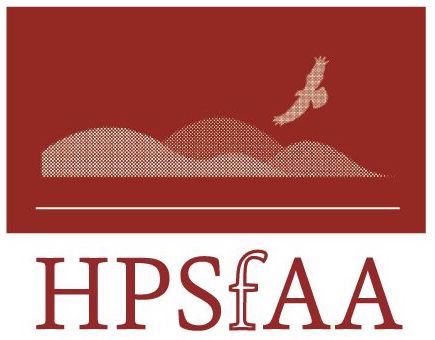  
 
The High Plains Society for Applied Anthropology |
|
SPECIAL SECTION: GENOCIDE, ETHNOCIDE, AND ETHNIC CLEANSING
Peter Van Arsdale, editor
Genocide, Ethnocide, and Ethnic Cleansing: An Exploratory Introduction
Peter Van Arsdale
No. 1, Vol. 29, 2009, pp 46
Genocide, Ethnocide, and Ethnic Cleansing: An Exploratory Review
Peter Van Arsdale, Mellissa Jessen, Nicole Hawthorne, Kellie Ramirez, and Cathy Smith
No. 1, Vol. 29, 2009, pp 47-71
This article is exploratory in nature. It takes a cross-cultural, case-based approach in outlining factors associated with the processes of genocide, ethnocide, and ethnic cleansing. The works of anthropologists, sociologists, historians, political scientists, human rights analysts, and others are cited. Within the category of genocide, the Iraq/Kurdistan and Rwanda cases are featured. Within the category of ethnocide, the Cambodian case is presented. Within the category of ethnic cleansing, the cases of Palestine/Israel and Bosnia are covered. Processes of particular interest to anthropologists, both cultural and applied, include intrusion, denial, bystanding, victimization, expulsion, intervention, and reconciliation. That of perpetration remains the most obvious. One assertion is that definitive theories of genocide are lacking; on the other hand, helpful analytic frameworks are shown to exist. “Warning signs,” “touchstones,” and “lessons learned” are highlighted. The role of the state is discussed. This article is not a “how to stop genocide” or “how to redefine genocide” treatise, but is intended to highlight five of the most important cases of the twentieth century and also to provide suggestions – explicit or implicit – as to how anthropologists can continue to contribute to the field. [genocide, ethnocide, ethnic cleansing, human rights, humanitarian assistance, Kurdistan, Rwanda, Palestine, Bosnia, Cambodia]